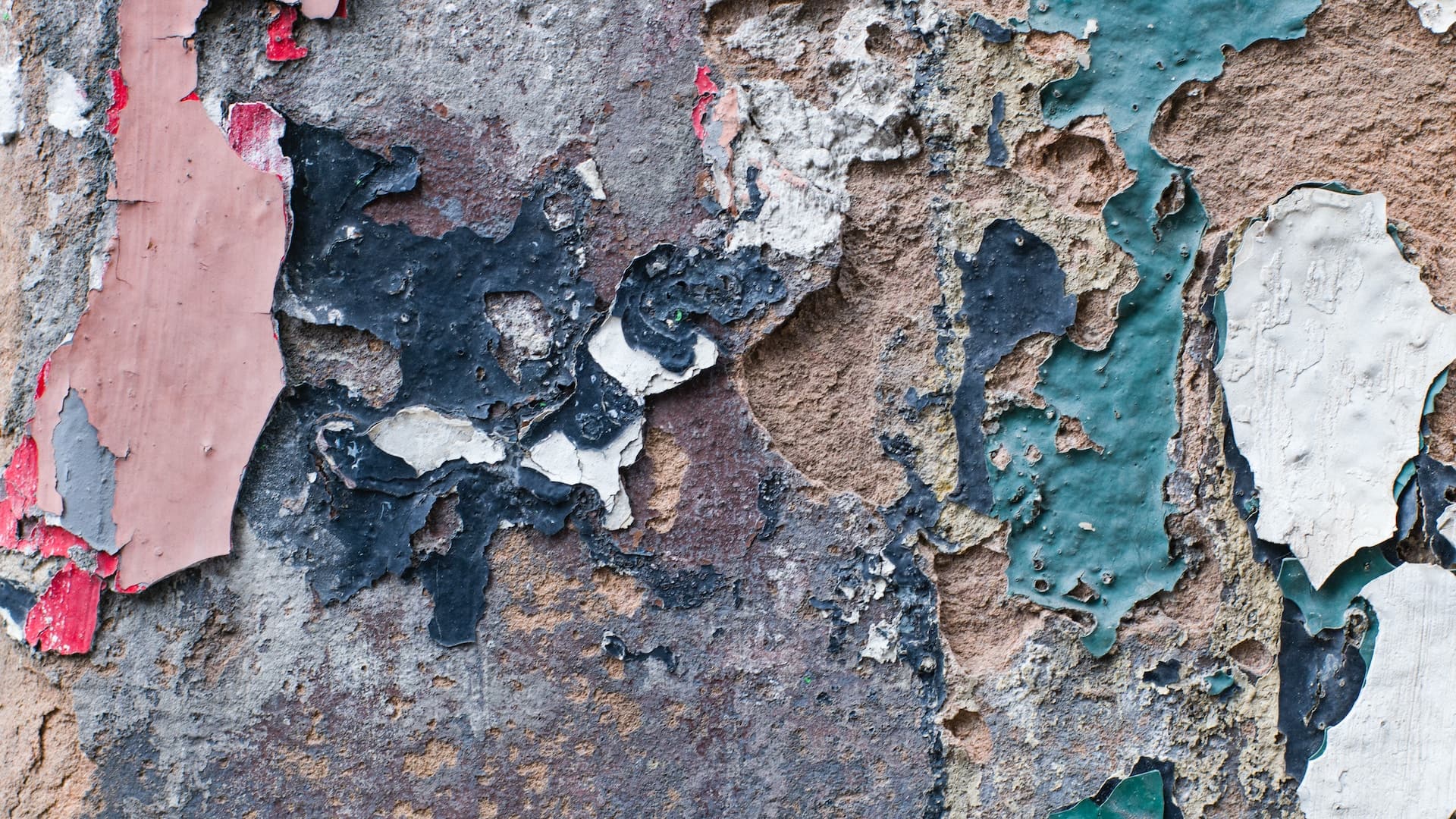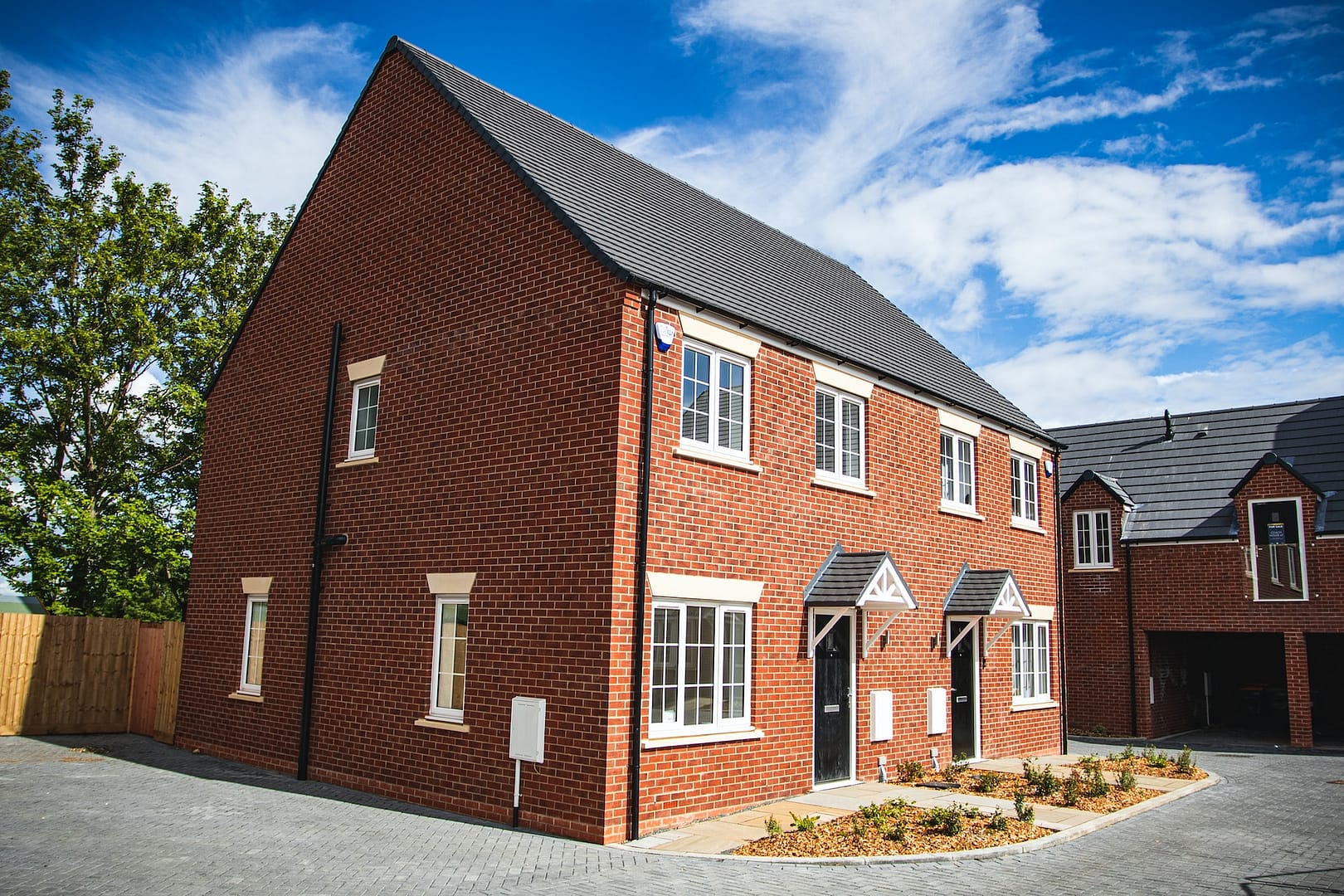Property damage can be a frustrating and costly experience for any homeowner or tenant. From leaky roofs to broken windows, these issues can not only disrupt our daily lives but also pose potential risks to our health and safety. But when does damage to property become officially classified as disrepair? In this article, we will explore what constitutes disrepair, particularly focusing on the question: Is damp classed as disrepair? We will also explain the steps that need to be taken in order to carry out a housing disrepair claim.
Understanding Disrepair
Disrepair refers to the state of a property when it falls below the standard expected for safe and comfortable habitation. It encompasses various types of damage, including structural issues, malfunctioning fixtures, and general deterioration. When a property is deemed to be in disrepair, it is the responsibility of the landlord or property owner to rectify the situation and ensure the property is brought back to an acceptable condition.
Signs of Disrepair
Identifying signs of disrepair is crucial in determining when damage to property officially becomes disrepair. Some common indicators include:
Structural Problems
Cracks in walls, sagging ceilings, or unstable foundations can all point to serious structural issues that require immediate attention.
Faulty Plumbing and Electrics
Leaking pipes, malfunctioning electrical systems, or inadequate heating can significantly impact a property’s habitability and should be addressed promptly.
Deteriorating Fixtures
Damaged windows, doors, or locks that compromise security or insulation are considered signs of disrepair.
Pest Infestations
Properties infested with pests, such as rats, mice, or insects, are deemed to be in a state of disrepair and require pest control measures.
Dampness and Mould
Dampness is a common issue in properties that can lead to mould growth, causing health problems and damage to the building’s structure if left unaddressed.
Is Damp Classed as Disrepair?
Dampness in a property is a concern that affects many homeowners and tenants. It can arise due to various factors, such as leaking roofs, faulty plumbing, inadequate insulation, or poor ventilation. Dampness not only causes unpleasant odors and cosmetic issues but can also lead to respiratory problems and exacerbate allergies.
When it comes to classifying dampness as disrepair, the answer is not always straightforward. While some cases of dampness may be considered disrepair, others might not meet the threshold. The classification depends on several factors, including the source, extent, and duration of the dampness, as well as the impact it has on the property and its occupants.
Assessing Dampness as Disrepair
To determine whether dampness is officially classified as disrepair, certain considerations need to be taken into account:
Cause and Source
Is the dampness caused by a structural defect, such as a leaky roof or damaged plumbing? If the dampness stems from issues within the property itself, it is likely to be classified as disrepair.
Extent of Damage
How widespread is the dampness? If it is localized and minor, it may not be immediately classified as disrepair. However, if it affects multiple areas or poses a risk to the property’s integrity, it is more likely to be deemed as such.
Health and Safety Risks
Does the dampness pose a threat to the health and safety of the occupants? If the dampness leads to mould growth or creates an environment that encourages the proliferation of pests, it is more likely to be considered disrepair.
Landlord’s Response
Has the landlord been notified of the issue, and have they taken appropriate action to address the dampness? If the landlord fails to address the problem despite being aware of it, the dampness may be classified as disrepair.
It’s important to note that legal frameworks and regulations regarding disrepair may vary depending on the jurisdiction. Tenants and homeowners should consult local laws or seek legal guidance to better understand their rights and responsibilities in cases of property damage and disrepair.
Making a Housing Disrepair Claim
When you find yourself living in a property that is officially classified as being in disrepair, you may have the right to make a housing disrepair claim. This process allows you to seek compensation or demand that the necessary repairs be carried out to bring the property up to an acceptable standard. Here’s a brief overview of the steps involved in making a housing disrepair claim:
Document the Disrepair
The first step in making a housing disrepair claim is to document the issues and gather evidence. Take photographs or videos of the damage, noting the date and time when the pictures were taken. Keep records of any correspondence with the landlord or property owner regarding the disrepair, including emails, letters, or phone call logs.
Notify the Landlord or Property Owner
Inform the landlord or property owner about the disrepair issue in writing. Be sure to outline the problems clearly and provide them with a reasonable deadline to rectify the situation. Sending the notice via certified mail or email can help establish a record of the communication.
Seek Legal Guidance
Consider seeking legal guidance from us at National Claims, where we specialise in housing disrepair claims. We can provide guidance on your rights, assess the strength of your case, and help you understand the claims process involved. We will also advise you on the potential compensation you may be entitled to seek.
Mediation or Negotiation
In some cases, it may be possible to resolve the dispute through mediation or negotiation. A mediator can help facilitate discussions between you and the landlord or property owner to reach a mutually agreeable solution. This can involve arranging for repairs to be carried out or agreeing on a compensation amount.

How Much Compensation For Damp And Mould UK?
To find out how much compensation you can receive for your housing disrepair, it is best to fill out one of our claims forms that can be found throughout our website.
Conclusion
Damage to property officially becomes disrepair when it falls below the expected standard for safe and comfortable habitation. Whether dampness is classified as disrepair depends on various factors such as the cause, extent, and impact on the property and its occupants. If you find yourself in a property that is officially classified as disrepair, you may have the right to make a housing disrepair claim. By following the necessary steps, documenting the issues, and seeking legal guidance when needed, you can assert your rights and seek appropriate remedies. Remember to consult local laws or legal professionals to understand the specific regulations and processes applicable to your jurisdiction.
Contact us today to start your claim and to learn more about housing disrepair claims.
Click below to see why we are one of the most trusted claims management companies in the UK.





